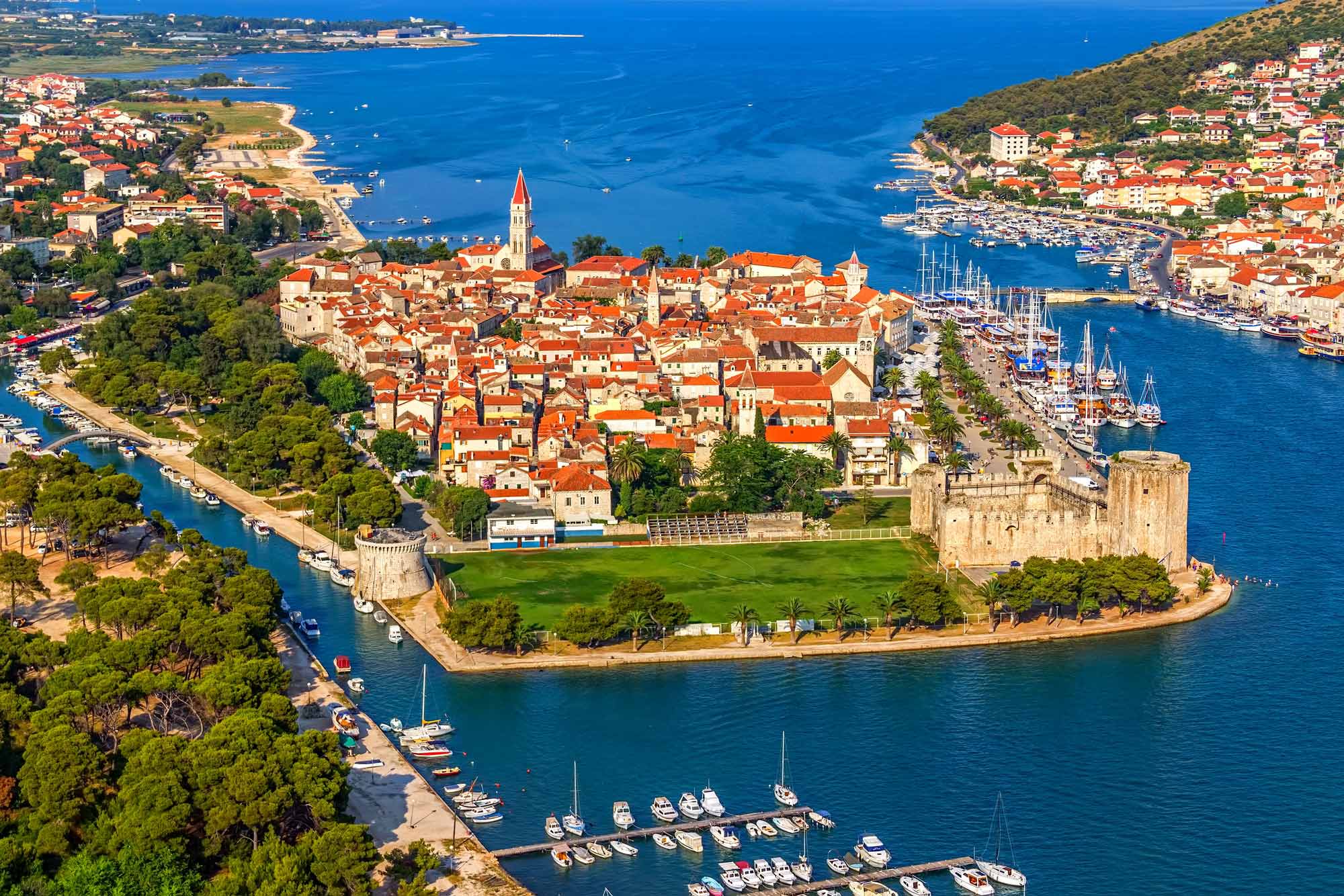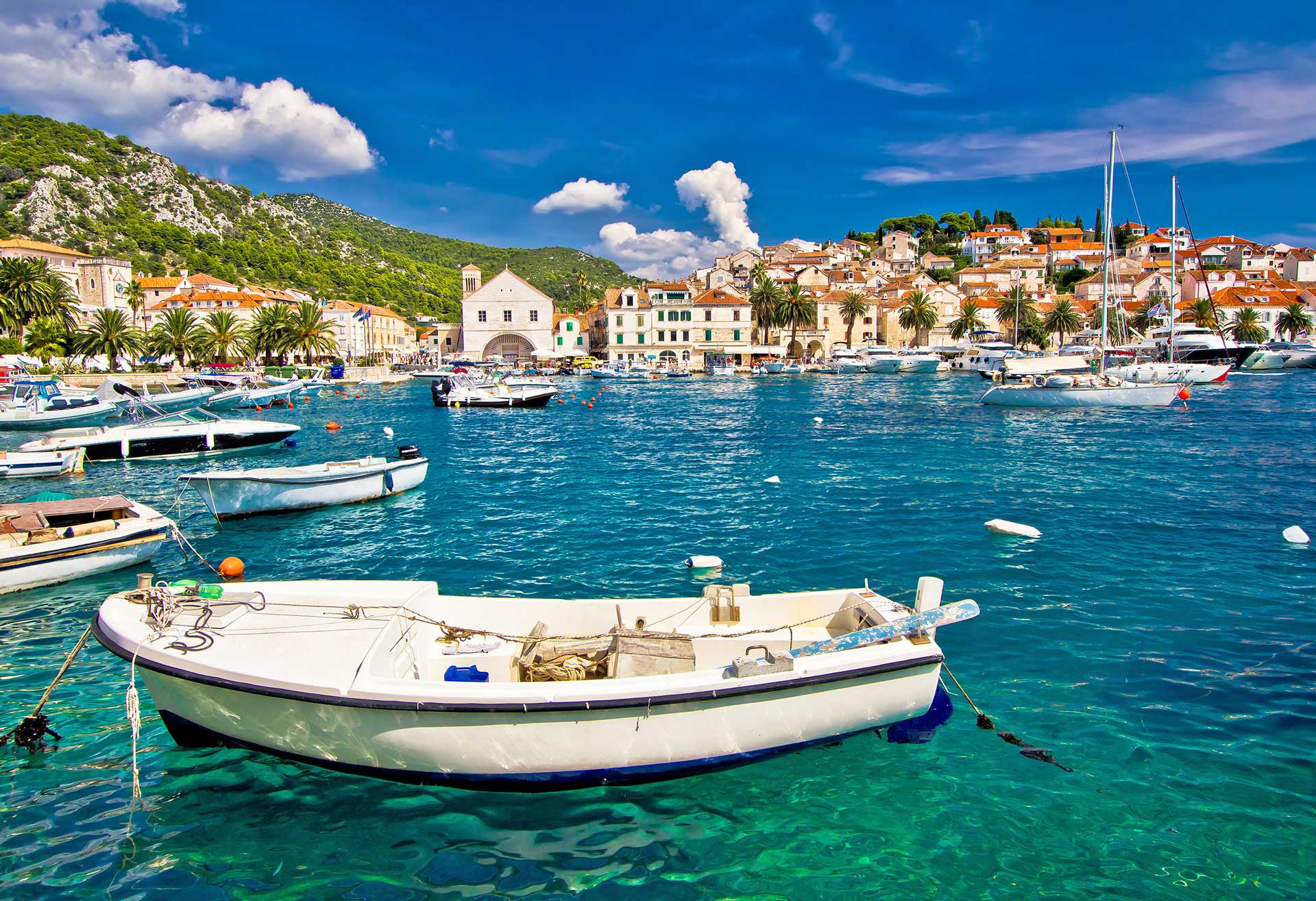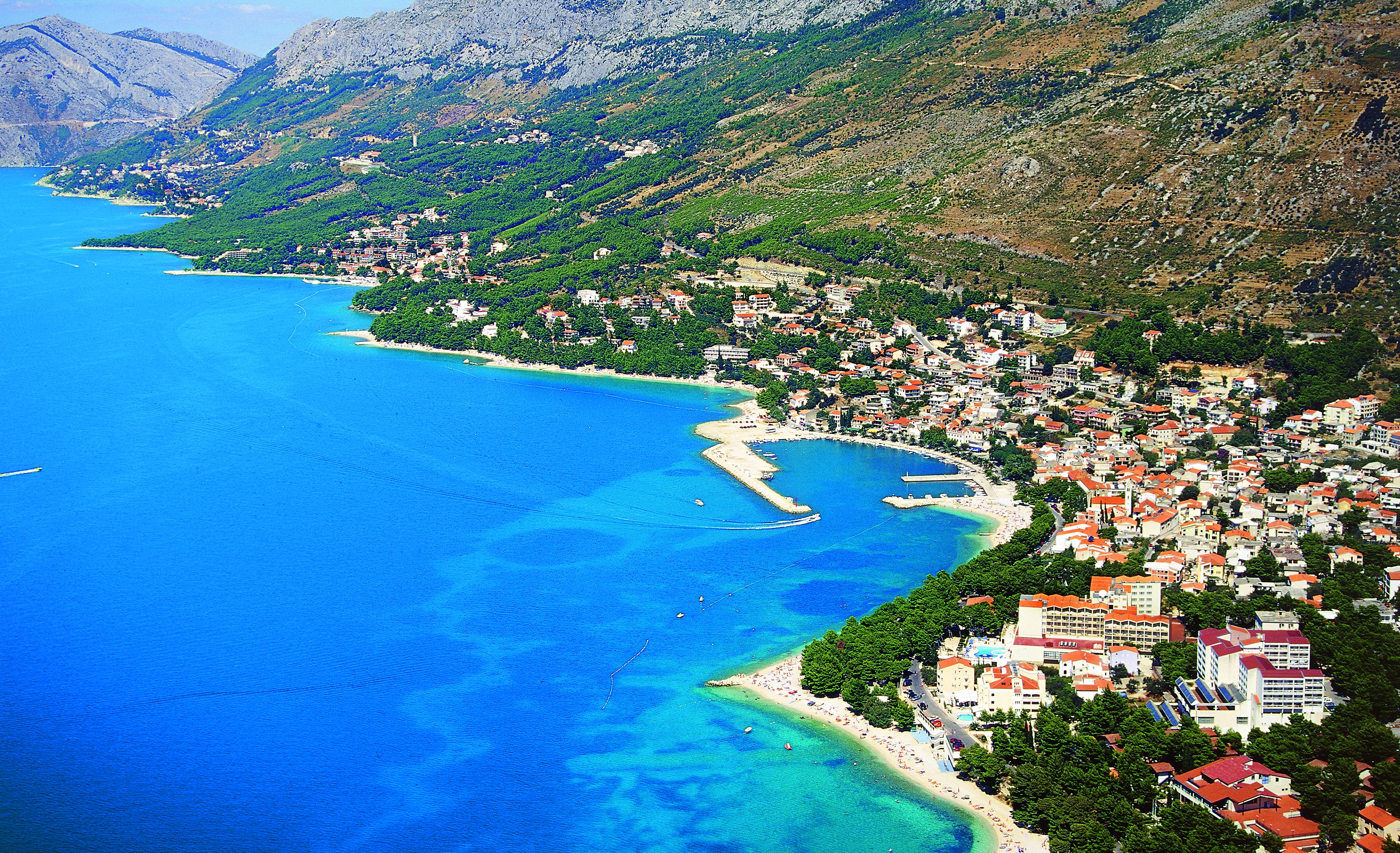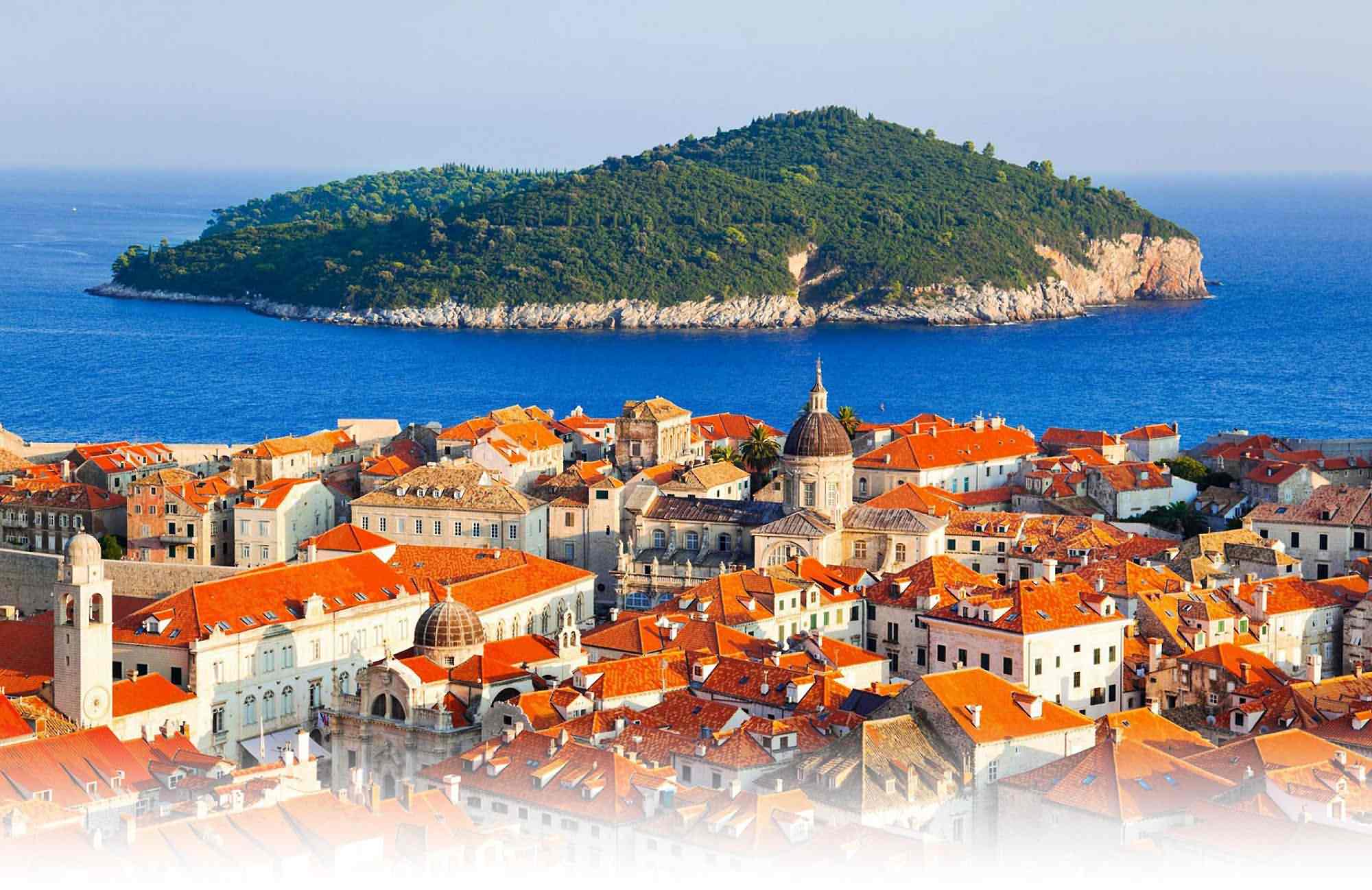Escape for the Weekend
Explore our collection of weekend




Croatia
Amphitheater of Pula, Diocletian's Palace in Split, Princely Palace in Dubrovnik, Brijuni - a group of islands in front of the western coast of Istria. In the western area of the Croatian city of Pula there is a Roman forum. Krka National Park is the seven beautiful cascades of waterfalls, two ancient monasteries, amazingly picturesque landscapes and a sense of unity with nature.
Individual Booking Try It FreeCroatia
Croatia officially the Republic of Croatia is a sovereign state between Central Europe, Southeast Europe, and the Mediterranean. Its capital city is Zagreb, which forms one of the country's primary subdivisions, along with its twenty counties. Croatia covers 56,594 square kilometres (21,851 square miles) and has diverse, mostly continental and Mediterranean climates. Croatia's Adriatic Sea coast contains more than a thousand islands. The country's population is 4.28 million, most of whom are Croats, with the most common religious denomination being Roman Catholicism.
A unitary state, Croatia is a republic governed under a parliamentary system. The International Monetary Fund classified Croatia as an emerging and developing economy, and the World Bank identified it as a high-income economy. Croatia is a member of the European Union (EU), United Nations (UN), the Council of Europe, NATO, the World Trade Organization (WTO) and a founding member of the Union for the Mediterranean. As an active participant in the UN peacekeeping forces, Croatia has contributed troops to the NATO-led mission in Afghanistan and took a non-permanent seat on the UN Security Council for the 2008–2009 term.
Travel to any destination may be adversely affected by conditions including (but not limited) to security, entry and exit requirements, health conditions, local laws and culture, natural disasters and climate. Regardless of your destination, check your local travel advisory board or department for travel advice about that location when planning your trip and again shortly before you leave.
Language – Croatian, with English widely spoken in tourist areas.
Currency – Kuna (and the Euro). Credit cards are widely accepted.
Major Airports – Dubrovnik (DBV), Split (SPU) and Zadar (ZAD)
Electricity and Internet – Electricity is 220 volts, 50 Hz. Internet service is available in most of the hotels and cafes.
| Rank | Airport | City | IATA / ICAO | 2015 | 2016 | Change |
|---|---|---|---|---|---|---|
| 1. | Zagreb Airport | Zagreb | ZAG / LDZA | 2,587,798 | 2,776,087 |  6.9% 6.9% |
| 2. | Split Airport | Split | SPU / LDSP | 1,955,400 | 2,289,987 |  11.5% 11.5% |
| 3. | Dubrovnik Airport | Dubrovnik | DBV / LDDU | 1,693,934 | 1,993,243 |  17.6% 17.6% |
| 4. | Zadar Airport | Zadar | ZAD / LDZD | 487,652 | 520,924 |  6.7% 6.7% |
| 5. | Pula Airport | Pula | PUY / LDPL | 359,426 | 436,121 |  10.7% 10.7% |
| 6. | Rijeka Airport | Rijeka | RJK / LDRI | 139,718 | 145,297 |  4.0% 4.0% |
| 7. | Osijek Airport | Osijek | OSI / LDOS | 28,651 | 30,605 |  6.3% 6.3% |
| 8. | Brač Airport | Brač | BWK / LDSB | 8,809 | 12,354 |  28.7% 28.7% |
| TOTAL | 7,255,234 | 8,219,321 |  21.1% 21.1% | |||
Croatia lays claim to the lion’s share of the eastern Adriatic coast, and a quick look at a map will delight divers and reveal a land with more than its fair share of islands and coastline. To the north, situated at the foothills of the Alp and Dinarid mountain chains, Kvarner is one of the most beautiful gulfs on the Adriatic. It’s the closest warm water diving destination to Eastern Europe and diving is possible all year. Kvarner's underwater world is known for amazing wall dives and rocky reefs covered with beautiful gorgonians. The craggy coastline and relatively shallow water underpin an underwater world with enough variety to make this a great dive destination. Further south, the island of Vis is literally encircled with dive sites. From walls to wrecks to rocky reefs, there’s something here for divers of all levels.
Great Dives
- Plic Tenki – A wall here drops to 22 metres/72 feet and one of the most interesting sections is a rock pinnacle at about 15 metres/50 feet. Pockmarked with holes, this area is covered with underwater plant species and fish, such as two banded bream and scorpionfish. More experienced divers will enjoy the deeper part of the reef at 25-40 metres/82-130 feet, which is covered with red gorgonians.
- The Wreck of the Teti – Just off the Island of Mali Barjak, the bow of the 70-metre/230-foot long Teti is 7 metres/23 feet deep and the stern is at more than 30 metres/100 feet. Look for the conger eels here that are well used to divers.
- Bisevo Grotto – Blue Grotto is a magical sea cave and a prime dive site with visibility often better than 25 metres/80 feet. On the dive you’ll likely meet up with octopus, scorpionfish, lobster and more.
- The Cathedral – Not far from Zadar, off the small island of Premuda, is a dive site with a series of inter-connected caves through which sunlight filters in a spectacular display. Octopus and spider crabs reside here.
- Kornati Archipelago – There’s a wall off Rasip Island, festooned with sponges and corals, that drops to more than 60 metres/185 feet. Fish life is remarkable at recreational diving depths.
- Wreck of the Taranto – The Taranto is a fairly intact wreck of a merchant navy ship, which sank in 1943 after hitting a mine. Old tractors, part of the cargo, add interest to the dive, and large sea bass are sometimes spotted here.
Want to know more? Visit ScubaEarth® for further information on thousands of dive sites, marine species, destination essentials and more.
